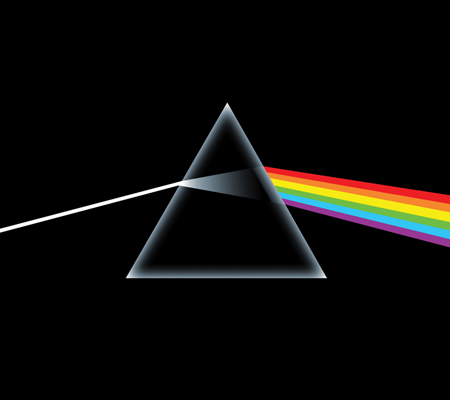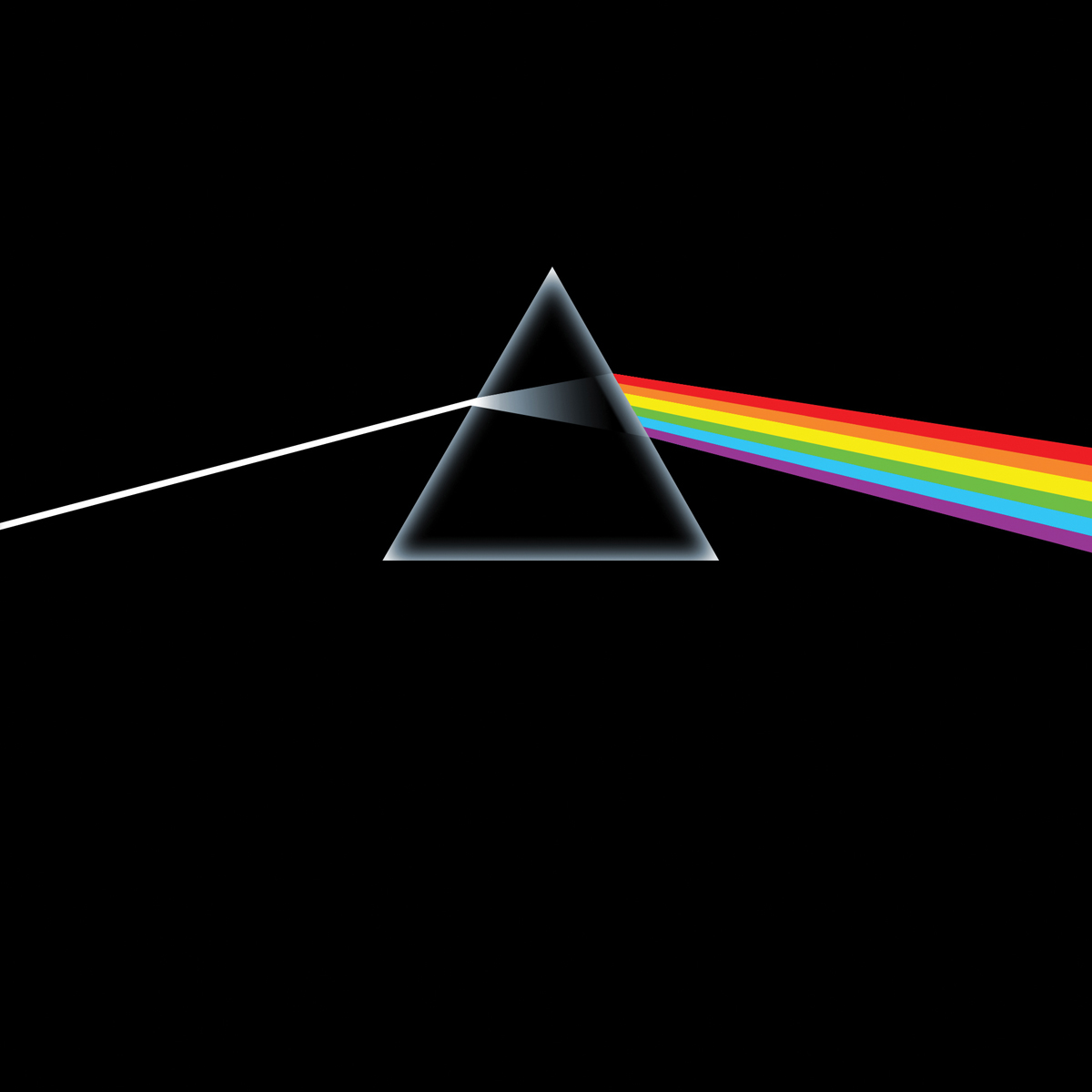Landmark Productions: Pink Floyd – The Dark Side of the Moon
With a mix of psychedelic rock, cerebral sound effects and ominous spoken word passages, the eighth album from Pink Floyd would become the most tantalising of their career. Andy Price sheds light on the Dark Side Of The Moon… Produced By Pink Floyd at Abbey Road Studios Mixed By Pink Floyd and Chris Thomas Engineered […]

With a mix of psychedelic rock, cerebral sound effects and ominous spoken word passages, the eighth album from Pink Floyd would become the most tantalising of their career. Andy Price sheds light on the Dark Side Of The Moon…

Produced By Pink Floyd at Abbey Road Studios
Mixed By Pink Floyd and Chris Thomas
Engineered By Alan Parsons
The Tracks
1: Speak to Me
2: Breathe
3: On The Run
4: Time
5: The Great Gig in the Sky
6: Money
7: Us and Them
8: Any Colour You Like
9: Brain Damage
10: Eclipse
The making of The Dark Side Of The Moon is perhaps one of the all-time great recording stories. It charts the journey of a band who’d previously pushed the boundaries of what was possible in the recording studio, with albums such as their startling debut The Piper At The Gates Of Dawn and the innovative Meddle, finally reaching a stunning apotheosis with a record that re-defined the band and further popularised the idea of the concept album.
Creative linchpin Syd Barrett had departed the band in the late 60s after suffering for years with ongoing mental illness, bass player Roger Waters had taken up the lyric-writing mantle in his absence and the overall direction of the group, while occasional lead guitarist Dave Gilmour joined as a full-time member, cementing a solid line-up that included Nick Mason on drums and Richard Wright on keyboards and synthesisers.
Between May 1972 and January 1973 Pink Floyd spent pretty much all of their time at Abbey Road studios, the former home of The Beatles and still a hot-bed of innovation with its purpose-built world-class recording equipment.

Abbey Road’s innovative solid state TG12345 desk was the heart of the recording process, as well as the ever-reliable Studer A80 tape machines (at this point they were able to cope with a whopping 16 tracks), which created all of the delays on the album. Also used was a single EMT plate reverb and Fairchild limiters for vocals, bass and general mixing.
Abbey Road’s Curvebender EQ came in useful too, and was used for additional track equalisation. Neumann’s U47, 67 and 87 microphones were used on Dark Side, having previously being used on The Beatles recordings. Gilmour approached his modified black Fender Stratocaster in an expressive and illustrative way throughout the record.

A closeup of the vintage controls of the famous Abbey Road TG12345 desk
He had (for the time) quite an advanced range of effects on his board – the whole concept of using a guitar in this more colourful way was at the time a uniquely Gilmour approach, but one that would go on to influence a generation of guitarists to see their axes as a versatile studio tool.
The musical ideas for the record were born out of a series of extended musical frameworks that the band had already conceived through playing live and in-studio jams. These were tied together with a unifying lyrical and aural concept: the slow descent into madness, something that the band had experienced first-hand after years of working with the psychologically damaged Barrett. It also juggled myriad themes of war, death, wealth and a range of other philosophical concepts.

Synthesisers, such as the EMS VCS 3, were used to add instrumentation post-recording.
Fly Me To The Moon
The recording sessions were continually interrupted by their live commitments, something that the band were stubbornly committed to. Fortunately, the recording engineers working with the group didn’t seem to mind too much either – among whom was a young Alan Parsons, now a universally recognised name in production history, a reputation that was ignited by his stellar work on Dark Side Of The Moon.
At just 23 years old, young Parsons’ had previously served as an engineer on the Beatles’ Abbey Road – a trial by fire if ever there was one! Having worked with Pink Floyd as an assistant on Atom Heart Mother, Parsons was quite used to the working dynamic with the band, he became largely responsible for the album’s gamut of sound effects.
The first track recorded was one of the album’s ultimate standouts, the beautiful Us And Them. Richard Wright already had the bones of the song under a separate title as a piano piece, originally written to soundtrack a film. However the song itself would evolve, as many of the album’s tracks would, in the studio with the addition of innovative instrumentation including synthesisers, such as the then still rather new EMS VCS 3 and the Synthi AKS.
What would become one of the band’s most popular songs was next on the recording list: Money. The track begins with an effect that was difficult to achieve and was painstakingly generated using tape. The tape loop used ended up being 20 feet long and contained myriad recordings of coins being thrown into a food mixing bowl, ripping paper and the ching ching of a till. This tape loop was physically held up by affixing it to microphone stands in the studio. Extraordinary stuff.
The iconic promo video for Money underlined the album’s theme of wealth, greed and corruptionMoney begins in an odd 7/8 time signature, with an instantly infectious bass line that was added to the track quite late in the recording. The sax parts too were late additions, as Dave Gilmour recalled in an interview with Guitar World: “We created a 4/4 progression for the guitar solo and made the poor saxophone player play in 7/4. It was my idea to break down and become dry and empty for the second chorus of the solo.”
Speak To Me
Speak To Me is the eerie and ominous opening overture of the album. Its thumping heartbeat (in reality a heavily treated bass drum) and layering of creepy-sounding interview tapes that the band had conducted with a range of roadies, Abbey Road staff and band members of Wings, sets a haunting tone for the record, before a loudly growing backwards piano chord reaches crescendo and propels into the solid, tranquil baseline of Breathe, the record’s first song-proper.
Created by Richard Wright and Dave Gilmour, Breathe has an ethereal, sedate plod that allows musical experimentation and instrumentation. Gilmour’s guitar is going through a Uni-Vibe pedal on this track, adding the staggered phasing sounds to the guitar tone.

The EMS Synthi was a frequently used tool for the ‘Floyd throughout the making of DSOM
The EMS Synthi was the heart of the next track – On The Run. It was conceived when an 8/16th note riff at 165bpm was inputted into the synth and then sped up, with modulation taking place on the resonance and the filter. In an interview with The Source Radio Show, Gilmour said of the track: “In the lid [of the EMS] was a little sequencer thing. I was playing with the sequencer device attachment and came up with the basic sound of it, Roger sort of heard it and came over and started playing with it too. Then he actually put in the notes that we made, it was his sequence.”
Time begins with a series of sound effects of clocks that Parsons had recorded independently of the album’s sessions. The engineer had visited an antique clock shop and meticulously recorded every single clock he could find, before launching into a drum solo courtesy of Nick Mason, before leaping into a Dave Gilmour sung verse, peppered with backing from Richard Wright. All these vocals were then treated with a special Abbey Road box called ‘The Frequency Translator’.
A haunting reprise of Breathe leads into the opening piano notes of The Great Gig In The Sky, once again a piece conceived on piano by Wright and known initially as ‘The Mortality Sequence’. After trying a few different top-line melodies the band decided that one of the most interesting ideas was to have a female vocalist – 25 year-old songwriter Clare Torry – improvise a wail over the top of the chords.
After three takes the band used what they had to assemble the final, incredible vocal line. The beautiful vocal harmonies the band themselves provided utilised the often double-tracked vocals of Dave Gilmour and Richard Wright which allowed them to combine two individually distinct harmony parts and layer them together. At the time this vocal texturing was still an extraordinarily innovative technique.
The album has its fair share of long instrumental passages, in particular Any Colour You Like, which features shards of synth lines constructed using a VCS 3 synth which segues neatly into a double-tracked guitar solo courtesy of Gilmour using his Uni-Vibe effects pedal. The album concludes with Eclipse and the same rhythmic heartbeat effect that started the album, completes the listener’s cyclic journey.
When the time came to mix down the album’s tracks, Parsons was adamant that although the instruments and vocals could be compressed, the drums should be allowed to breathe and sound as natural as possible. Although usually he would let the band lead the way with regards to production of the final mix.
Dark Side Of The Moon, perhaps due to its oblique nature, is now regarded as Pink Floyd’s apex and one of the greatest albums in rock history, selling over 34 million records and inspiring many artists to think in deeper, more cerebral terms when crafting albums.
The production was a mountainous challenge, with ideas hampered by technical limitations but ultimately overcome or worked around. To this day It remains one of the ‘go-to’ records for audiophiles the world over. It retains its air of mystery, darkness and beauty which over time has cultivated all kinds of bizarre mythology – not least the idea that playing the album at the same time as The Wizard Of Oz results in perfect audio/visual synchronisation!
The Players
Roger Waters In the absence of Barrett, bass player Waters had taken a more creative role in the band, penning lyrics, concepts and stylistic ideas for the band’s future.
Dave Gilmour Lead guitarist and vocalist Dave Gilmour had joined the group full-time in the absence of Barrett. His expressive guitar work became a significant element to the Pink Floyd sound.
Richard Wright Multi-skilled keyboardist Richard Wright gave the album much of its texture and aural wonder, as well as providing backing vocals and song ideas.
Nick Mason
The only original member to have played on every record, percussionist Nick Mason pushed himself further than ever before on Dark Side, and co-wrote the standout Time.